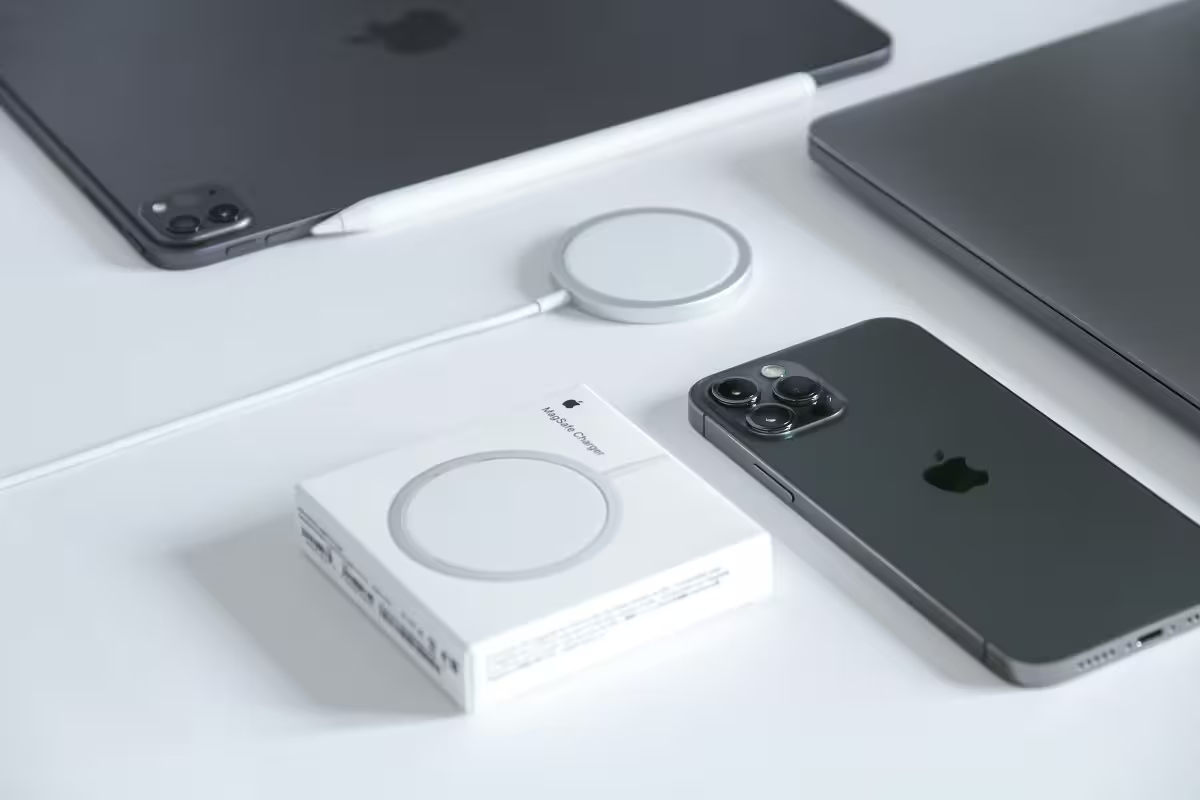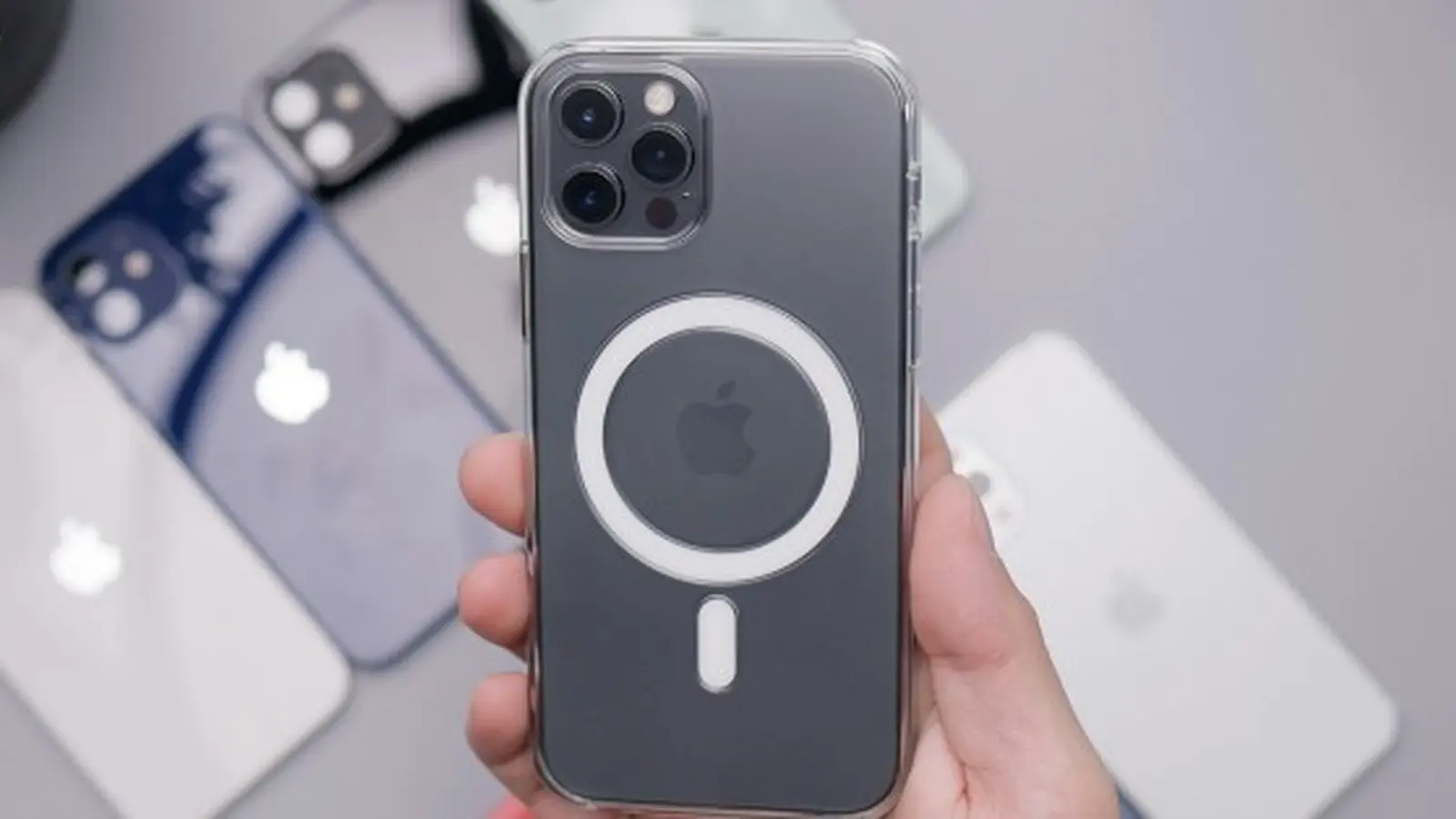3 Minutes
Recent Chinese-language rumors suggested the upcoming iPhone 17 Pro and Pro Max could add reverse wireless charging, marking a first for Apple. Before you get excited, a closer look at current wireless charging standards and recent product launches suggests that reverse wireless charging on Apple’s next flagship is unlikely.
What Apple and Others Are Using: MagSafe, Qi2 and Magnets
Apple’s MagSafe ecosystem relies on a magnetic alignment system that ensures repeatable positioning and faster, more reliable Qi wireless charging. In recent years Apple shared details of its magnetic approach broadly, contributing to industry momentum behind magnetic Qi extensions. Google’s newly announced Pixel 10 lineup follows the same path by supporting Qi2 with integrated magnets — essentially the same magnetic charging roadmap under a different label.
Why Reverse Wireless Charging Is Problematic
Despite the similarity in magnet-enabled designs, Google explicitly left reverse wireless charging out of the Pixel 10 series. According to the company, the magnet assembly that secures the phone to a Qi2 charger creates a strong mechanical connection but imposes a physical limitation that prevents reliable reverse wireless charging. That same limitation is likely to affect any phone using a magnet-first Qi2 design.

Product Features and Technical Constraints
- Magnetic alignment for Qi2/MagSafe: improves charging stability and accessory attachment.
- Reverse wireless charging: requires different coil orientation and often more flexible internal layouts.
- Magnet assemblies: can block or misalign reverse-charge coils, reducing efficiency or making the feature impractical.
Comparisons and Market Relevance
Compared to some Android phones that have implemented reverse wireless charging without magnetic ecosystems, devices that prioritize magnet-based Qi2/MagSafe compatibility face trade-offs. Apple—having influenced the standard via MagSafe contributions to the Wireless Power Consortium—would need a different internal design or a modified standard to enable reverse charging without losing the benefits of magnetic alignment.
Advantages, Use Cases and Conclusion
Reverse wireless charging is useful for topping up earbuds or other accessories on the go. However, for users who value consistent, high-speed magnetic wireless charging and accessories, the absence of reverse wireless charging is a reasonable compromise. Unless Apple has developed a proprietary workaround that it didn’t contribute to the Qi standard, it’s unlikely the iPhone 17 Pro series will suddenly include reverse wireless charging.



Comments